Altitude sickness is real; it can strike anyone at any age or any fitness level. Read on, before heading up.
Day 1: Floridians in Breckenridge.
Picture this, our family traveling from sea level to 10,000 feet above sea level in one day. First things first, rent skis. By the time we finished trying on skis, renting them, and taking them back to our room, we were breathless and exhausted. So much for getting lots accomplished on that first day.
Day 2: Not much better as we attempted the bunny slopes.
Lexy’s heart was pounding out of her chest with any bit of exertion. And Lucas puked. Then for dinner, Andy and I ordered a Margarita for each of us; caught the quickest buzz ever and woke up dry-mouthed, headache, hungover at 3 AM, after ONE Margarita.
Day 3: We are getting there.
We went skiing all day. But, the kids wouldn’t eat. And both of us had headaches all day.
Day 4: In the clear.
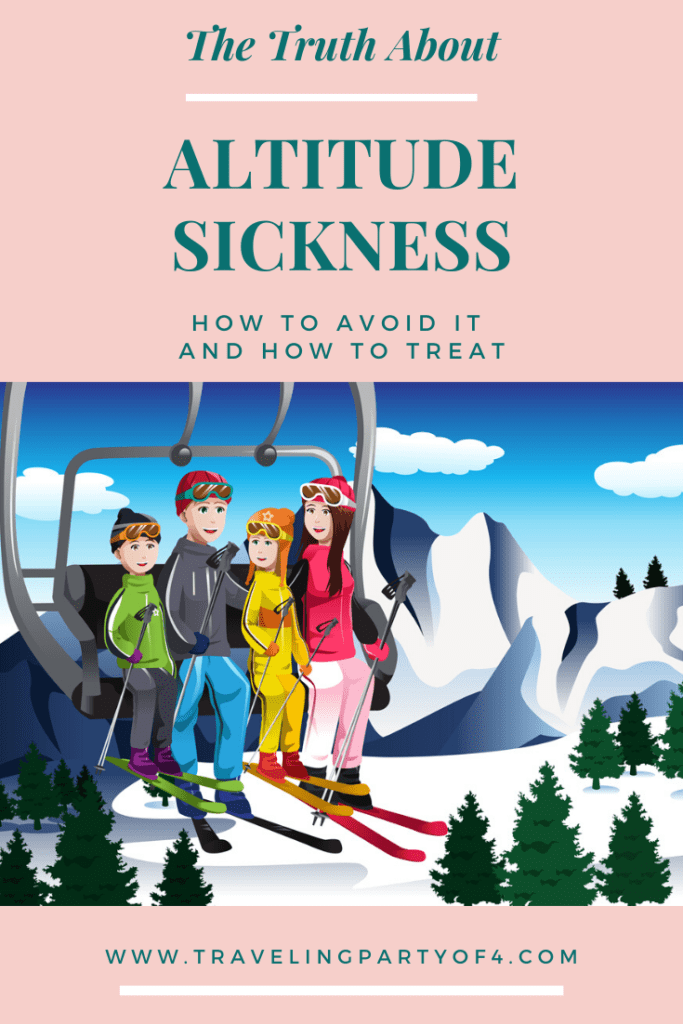
Affiliate Disclosure: There are affiliate links throughout this post. This means if you click on a link and purchase a product through that link, then I will receive a small commission for the referral. And that is kinda cool.
So, why did this happen? Altitude sickness.
**I am not a physician, and this blog post in no way should replace advice from your physician before traveling to higher elevations. Check with your primary care physician before heading to higher altitudes for advice on how to prevent or manage altitude illness. Altitude sickness can be severe and should be taken seriously.**
I traveled to Breckenridge in my 20s, and I don’t recall having any issues. However, I vividly remember one of our travel mates whisked down the mountain on a stretcher between two snowmobiles. He was so sick. And now I know why — altitude sickness.
Altitude sickness was a big part of my research for our family’s ski vacation out to Breckenridge from Florida. We are at sea level down here, and Breckenridge is about 10,000 feet above sea level. We had symptoms immediately, and they lasted about three days.
A Q& A for you on Altitude Sickness.
I will keep it simple. I hope this helps you prepare for your family adventure so you can have the best vacation ever. Remember, anyone can get altitude illness. It does not matter how old you are, how fit you are, or how healthy you are.
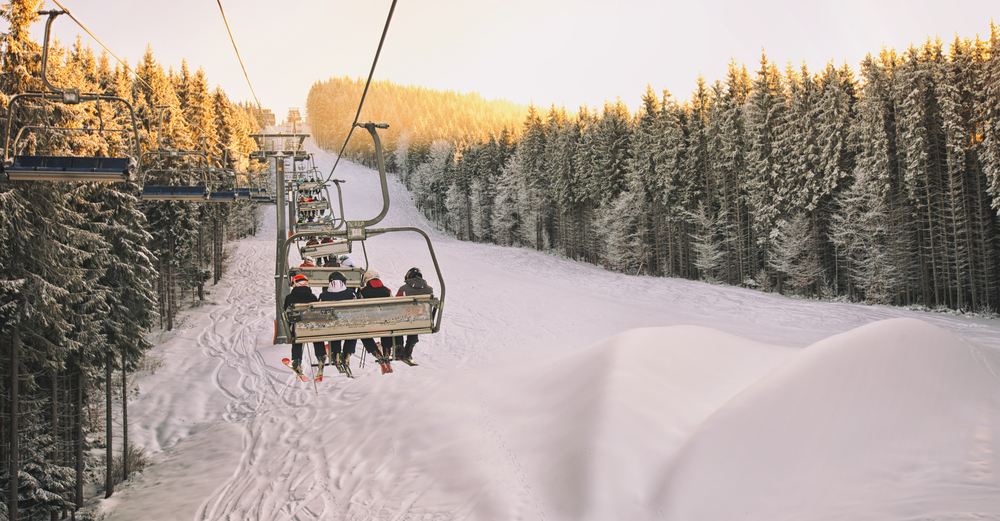
What is altitude sickness?
According to the Center for Disease Control and Prevention (CDC), altitude sickness consists of three syndromes; acute mountain sickness (AMS), high-altitude cerebral edema, and high-altitude pulmonary edema.
I am going to focus on acute mountain sickness (AMS) for the sake of this blog post, except to say that high-altitude cerebral edema and high-altitude pulmonary edema both are life-threatening and require immediate descent. If symptoms progress to breathlessness at rest, confusion, lethargy, or cough, then immediate medical attention is needed.
According to the CDC, acute mountain illness affects about 25% of people traveling to above 8000ft. Although, in our family, it affected 100% of us in some way.
The symptoms include the following:
- Headache
- Fatigue.
- Nausea.
- Dizziness.
- Shortness of breath.
- Lack of appetite.
- Heart racing.
Why does altitude sickness happen?
The cause of altitude sickness is related to the decreasing amount of oxygen available as altitude increases. Some say people may notice symptoms beginning at 5000 feet above sea level.
Are there any preventative measures to take before ascending?
Absolutely. Here are eight things you can do to prevent the symptoms of altitude illness from ruining the first few days of your ski vacation.
- Hydrate. Hydrate. Hydrate. Begin hydrating 3-4 days before you plan your ascent. Gatorade and coconut water provide hydration and electrolytes and are the perfect alternative if you aren’t a big fan of water.
- Limit caffeine. I would never say to avoid caffeine. That is just silly. But, caffeine has diuretic effects and can contribute to dehydration. Grab a cup of coffee when you wake up and try to limit caffeine throughout the day.
- Limit alcohol. Alcohol is dehydrating, too, and should also be limited.
- Do Not Smoke.
- Take it slow. Ease into physical activity. Take it from me; you cannot travel from Florida to Breckenridge, Colorado, in one day and think you can head out to the slopes. It would be best if you gave yourself time to acclimate to the lower levels of oxygen that begin at 5000 ft.
- If you can, try to have a day or two layover at around 5000 feet before you go all of the way up. If traveling to Breckenridge, Colorado, Denver is perfect. And you can take in a Broncos or Rockies game during your stay.
- Carbs. I was so excited when our ski instructor advised us to eat more carbs, AND more calories to help prevent AMS. Plus, avoid greasy and high-fat foods that are difficult to digest. Your body needs the energy for physical exertion and to acclimatize.
- Get your sleep, if you can, to begin your vacation well-rested. Don’t start your vacation sleepy. Altitude illness can cause insomnia, which further contributes to fatigue.
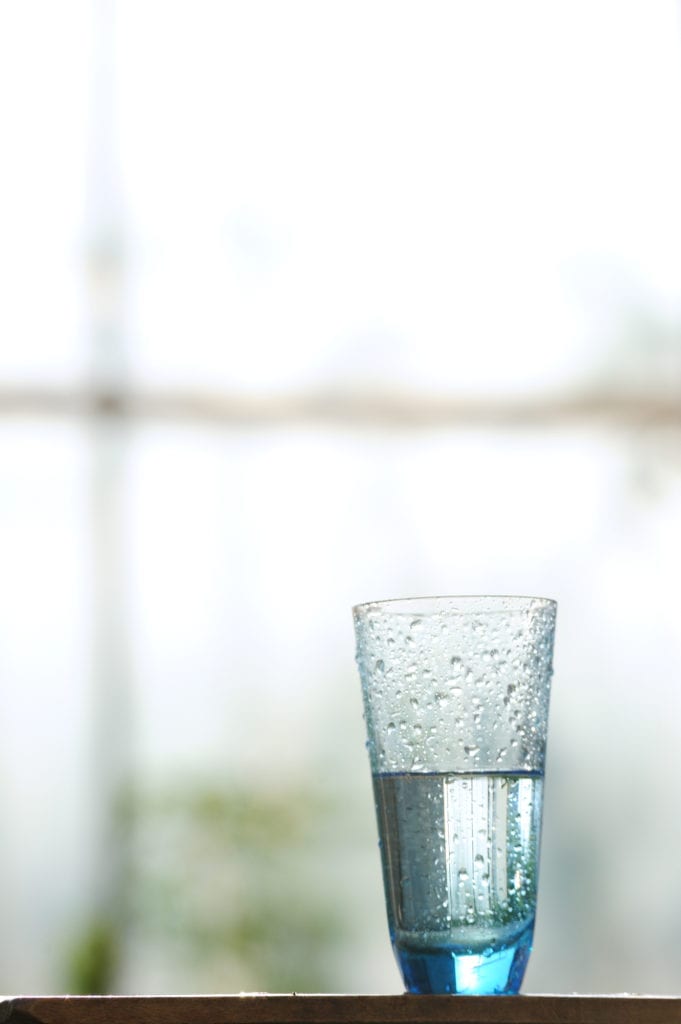
I also want to add here to educate yourself before you travel to high altitudes.
Talk to your doctor about preventive measures based on your health and performance status. And make sure you have a plan if symptoms should occur.
What if I experience symptoms? Can they be treated?
- Getting to a lower elevation is the treatment of choice; this why the paramedics whisked my travel mate so quickly down that mountain, I later figured out.
- Stop what you are trying to do. Relax and take it easy for another day to give yourself more time to acclimatize to the elevation.
- Hydrate. Hydrate. Hydrate.
- Let someone know you are not feeling well. Ask someone at your hotel for advice. Or if your symptoms are not improving or getting worse, seek medical attention.
- Don’t go out and tie one on; alcohol will undoubtedly make symptoms worse.
Medications to prevent or treat altitude sickness.
- Use Tylenol or Motrin for your headache.
- If you experience nausea, try ondansetron, a prescription medication. Ask your physician before you leave if ondansetron is ok for you to take. Have it on hand for nausea. Ondansetron is useful for motion sickness, too.
- Ginger candies or tablets will also help settle your stomach.
- Oxygen. There are companies, for example, Summit Oxygen, Inc. that will bring portable oxygen equipment to your hotel room with full set up and instruction. I would consider renting oxygen for the week next time we visit.
- Diamox. Diamox is a prescription medication and is not over the counter. You would have to obtain it from a medical provider. Ideally, Diamox should be started 24 hours before ascending to high altitude. But, you can also carry this with you, just in case.
- Other medications used to treat AMS include Procardia and Dexamethasone.
What if symptoms persist even though I have tried everything?
Descend immediately and seek medical attention if you continue to experience shortness of breath at rest, severe headache, chest tightness, confusion, profound lethargy, or loss of coordination. Acute mountain illness may progress and become life-threatening, therefore if symptoms are not improving or are becoming worse, seek medical help immediately.
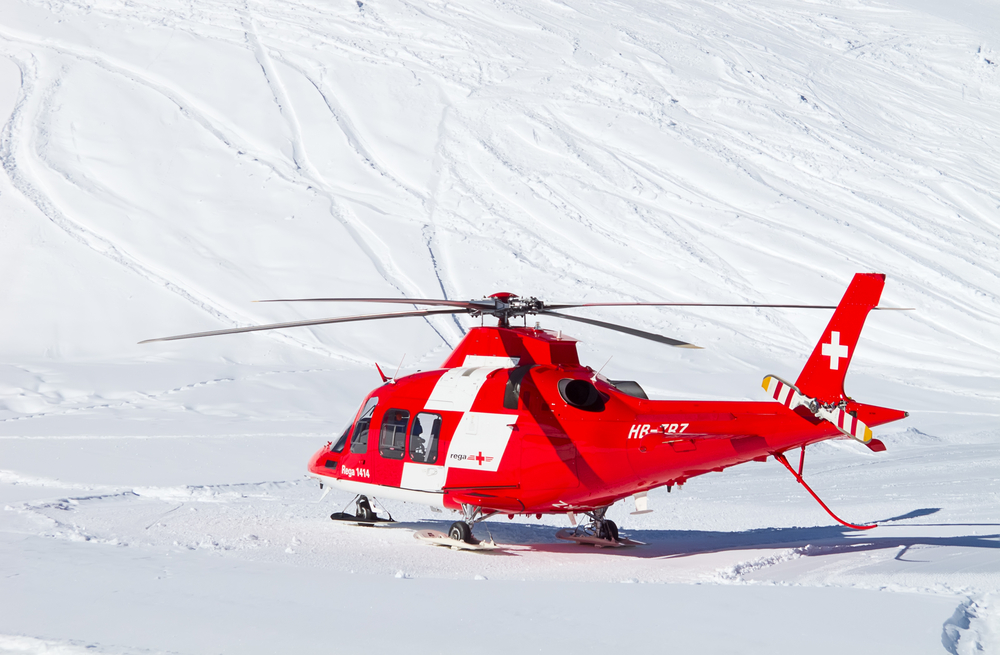
Should I consider travel insurance?
Ski vacations are expensive, and altitude sickness is real. In my opinion, travel insurance is a must if acute mountain illness is a potential threat. Travel insurance will cover the cost associated with a medical evacuation, as well as the flight home if things get severe.
World Nomads provides travel insurance for independent travelers and families from over 140 countries. The plans are flexible and straightforward for international or domestic travel. AND, you can buy and claim from anywhere in the world.
Check out their website; it looks like a professional travel blog. They not only provide insurance coverage, but they have safety information, destination inspiration, travel stories, and they will teach you how to be a responsible traveler.
Check a quote with World Nomads; you’ll be surprised how affordable it is.
What we did wrong.
- We traveled straight from sea level to 10,000 feet in one day.
- Planned to ski the day we arrived.
- Then we planned to ski the day after.
- Drank a margarita the day we arrived.
- We did not hydrate enough.
- We thought acute mountain sickness would not happen to us.
- And we spent a couple of days in denial.
What we will do differently next visit.
- Hydrate. Hydrate. Hydrate.
- Stay in Denver, Colorado, for a couple of days to slowly acclimatize.
- Have a prescription for Diamox and Ondansetron on hand.
- Take it easy for a day or two before hitting the slopes.
- Consider renting oxygen to have in the room. I hear this is super helpful for headaches.
- Eat more carbs.
- Wait a couple of days before drinking a margarita.
Don’t let the possibility of altitude sickness keep you from experiencing the wonders this world has to offer.
While altitude sickness is a real concern, it should not prevent you from planning a ski trip and seeing the amazing sites at higher altitudes such as Breckenridge. Or even more exciting, Machu Picchu.
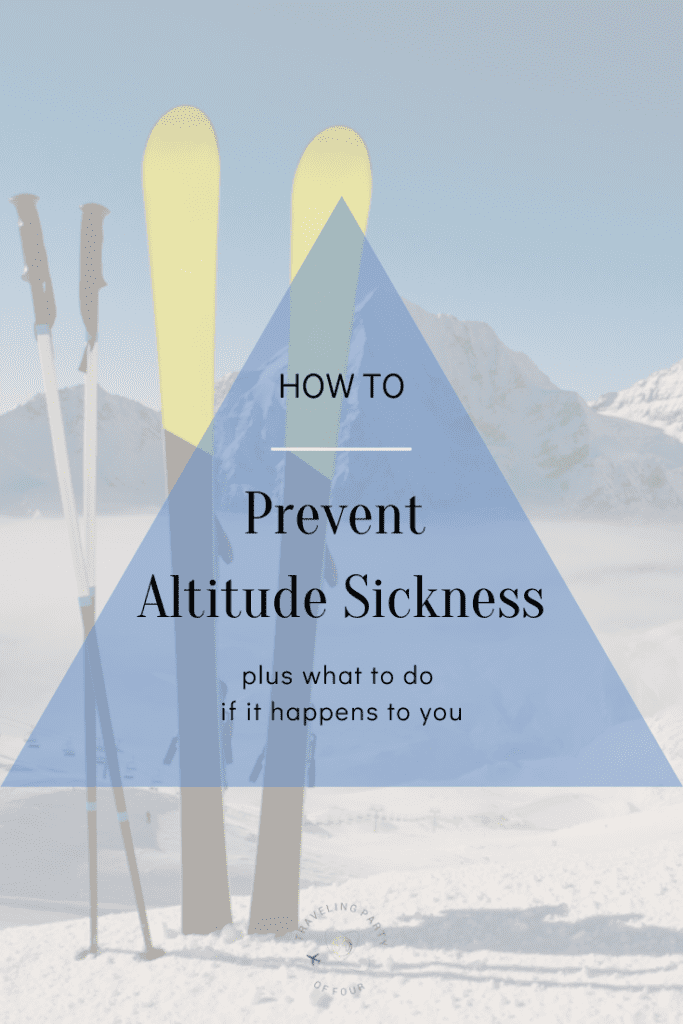
This E-Book reviews multiple travel-related ailments and discusses preparing for and recognizing the symptoms as well as treatment of the symptoms of the following ailments.
- Altitude Illness
- Jet Lag
- Seasickness
- Traveler’s Diarrhea
- Insomnia
- Heat-Related Illness
Purchase the E-Book, Management of the Most Common Travel-Related Ailments on ETSY for $7.
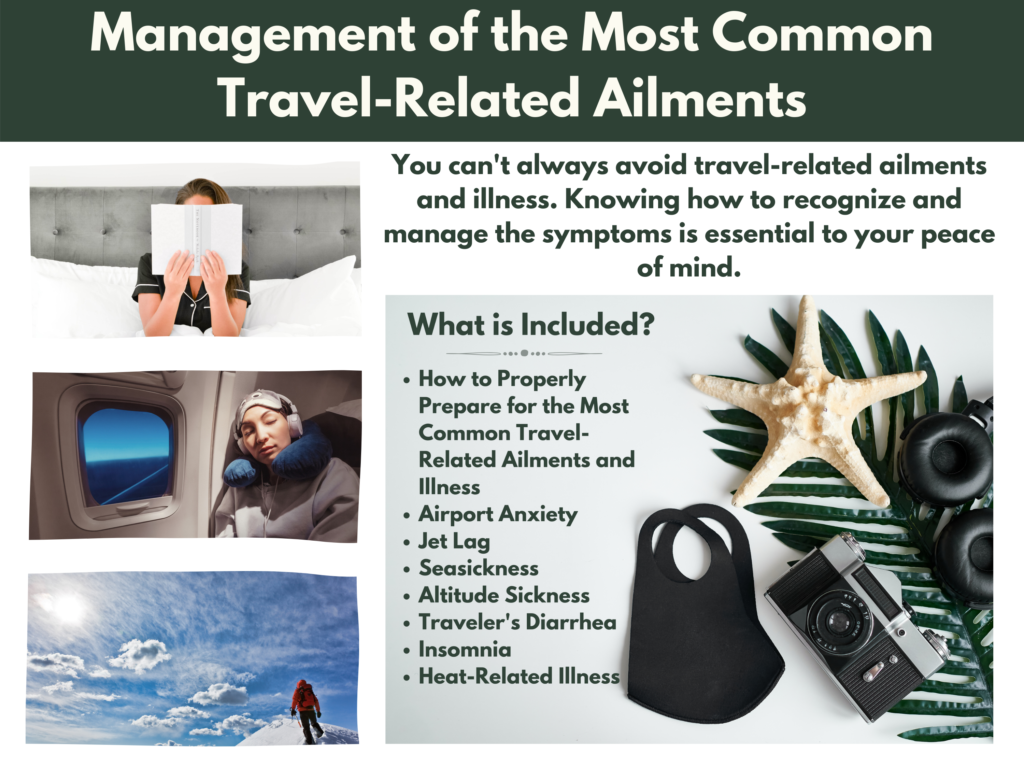
By following this advice leading up to your ascend, staying hydrated, taking a couple of days to acclimatize, and easing into your activities, you should be able to have the time of your life.
I have been thinking about travel health and safety a lot lately. Here are a couple of posts full of tips for you to stay healthy and safe while traveling the world.
How to Stay Healthy and Fit While Traveling.
Family Travel Safety Tips.






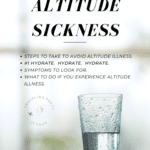

This is great information! My husband and I have done a lot of hiking at higher altitudes in the USA, the Himalayas, Patagonia, and Europe. Thankfully we have never experienced altitude sickness but I know that could change!
I didn’t have any issues my first time out there, but the last time, we all felt it in some way. Next time I will be more prepared.
This was really useful for me to read, as we’re preparing for our first trip to Ecuador soon. I’m glad I’ll know not to drink a lot of alcohol and hydrate, now! A little nervous about hiking, but hopefully it won’t affect us too much.
Hydration is key. And for us, next time, I think we will give ourselves more time to acclimate. Have fun. And send me pictures:)